Cold-process DIY Soapmaking equipment
Getting started with cold-process soapmaking? Here’s a quick rundown of essential equipment to help you set up for a smooth, safe soapmaking experience. From mixing bowls and thermometers to molds and safety gear, having the right tools on hand makes the process much easier and more enjoyable. Let’s dive into the basics!
Cold-process soapmaking equipment
1. Stainless steel pot to heat the solid oils in and to mix the soap in.
AN ALUMINIUM CONTAINER MUST NOT BE USED.
It will ruin both the container and the soap.
2. Container to mix sodium hydroxide and water. Plastic is OK but not a fragile plastic.
A 2L icecream container is perfect.
3. stick blender
4. spatula. Can be wood, plastic or rubber.
5. safety glasses
6. rubber gloves
7. thermometer
8. vinegar (for dabbing on your skin if you touch the dry or liquid sodium hydroxide)
9. old blankets or similar to cover the soap in the moulds
10. old clothes. If you splash yourself with sodium hydroxide you will get holes in your clothes.
11. Something to use as a mould. CP soap needs to create heat to make the saponification process work, so block moulds are best, not individual moulds.
The following work well: cardboard milk cartons, icecream containers, plastic cake boxes.
The sides need to be flexible so the soap won’t stick to the mould. If in doubt, line the mould with baking paper.
12. scales
13. stove to melt oils. Could use a microwave and therefore the container would need to be plastic.
NB: Sodium hydroxide, lye, lye water
- This chemical is very caustic and must be treated with great caution at all times.
- It will burn skin, blind eyes, remove paint and play havoc with everything it touches.
- If it touches your skin, you will know. Your skin will sting. Dab with vinegar and flush with running water until the stinging stops. Keep it away from everyone, especially children and animals, at all times.
- If you spill it in its dry form, put on your gloves and sweep it up. Dispose of it in your usual rubbish bag.
- If you spill it in its lye (liquid) form, put on your rubber gloves and mop it up with towels or rags (the towels will become rags!) and dispose of it in your usual rubbish bag.
Cold Process Soap Making Instructions
Here's the process with Chelsea & Megan's Video Tutorial
Cold process soapmaking video
Here's the process with step by step instructions and photos
Cold process soapmaking in pictures
Do you have your Cold Pressed Soap Recipe Ready? If it's your first time making soap at home, it makes sense to start with a basic recipe, theres plenty of options!
Cold Process Soap Recipes
Let us know how it goes - we love seeing what you created





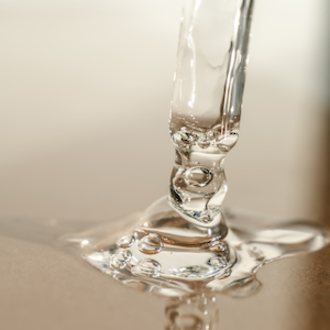
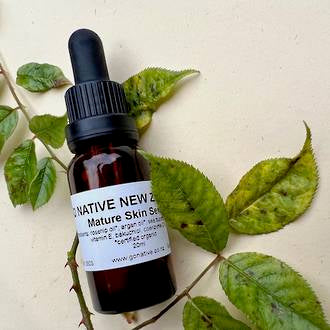
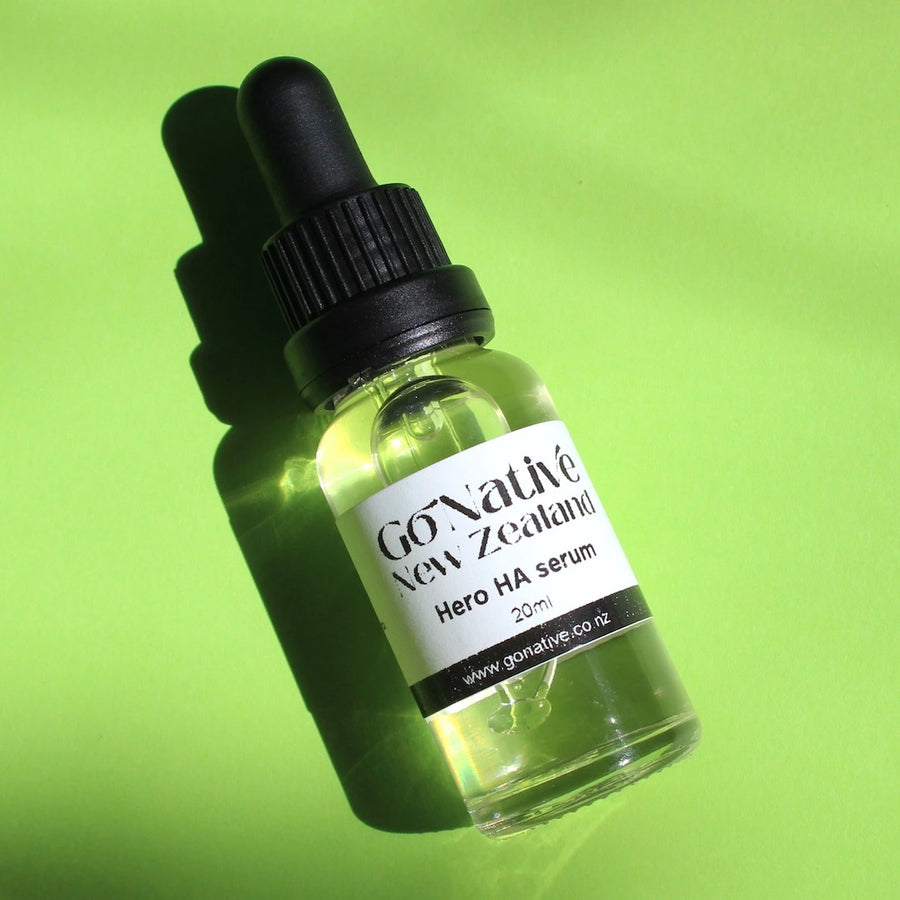
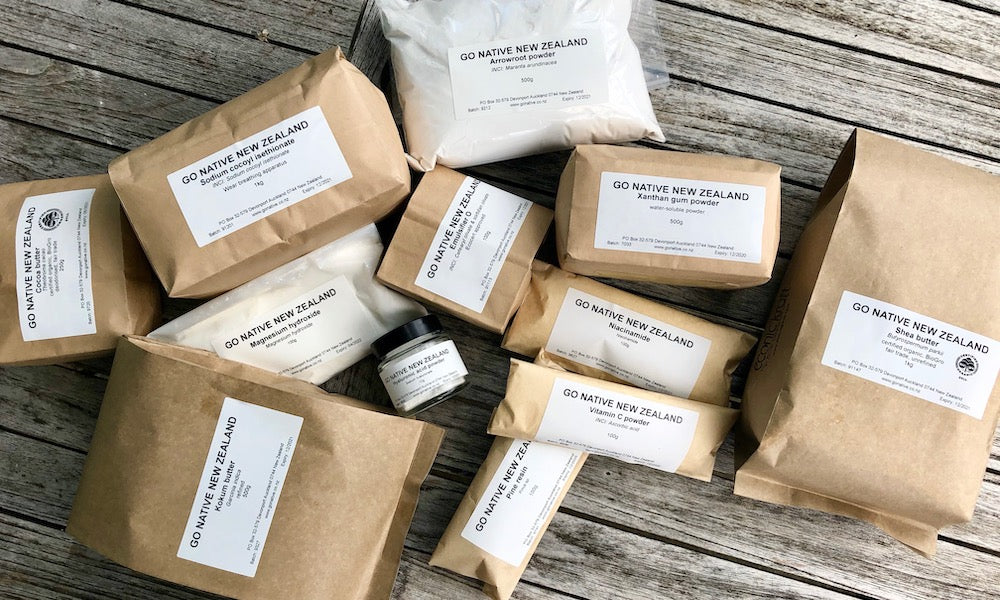
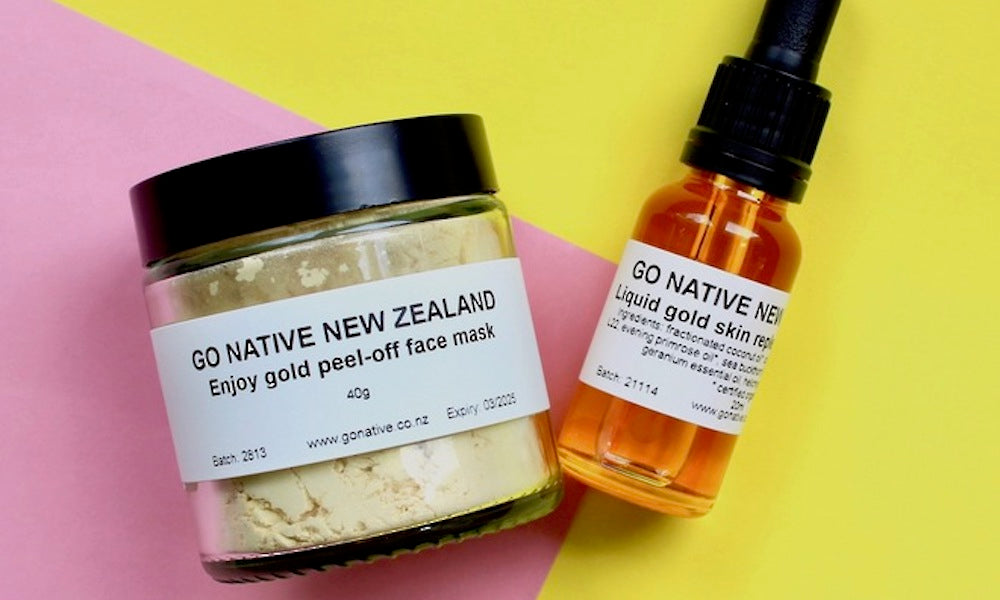
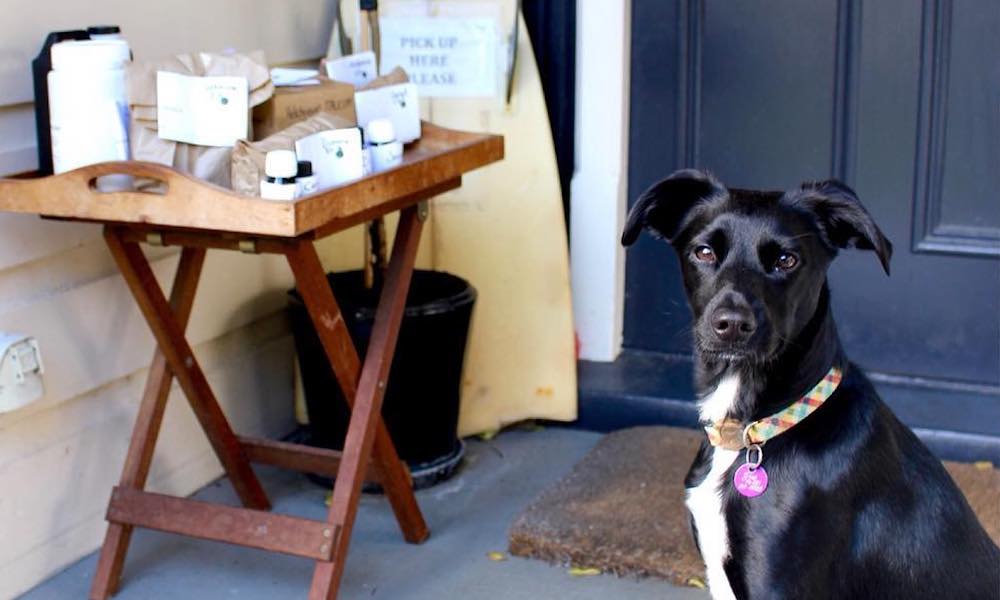

Leave a comment